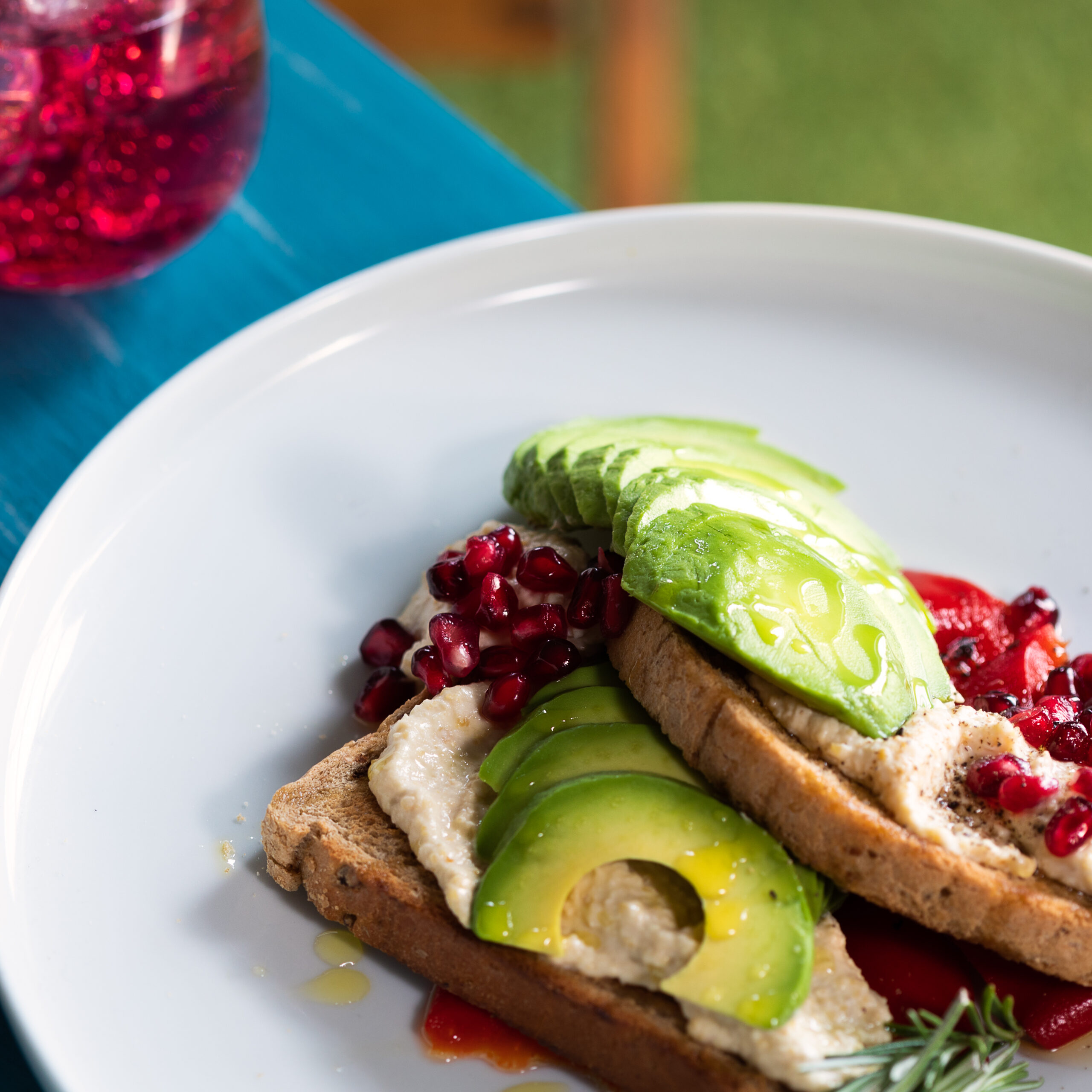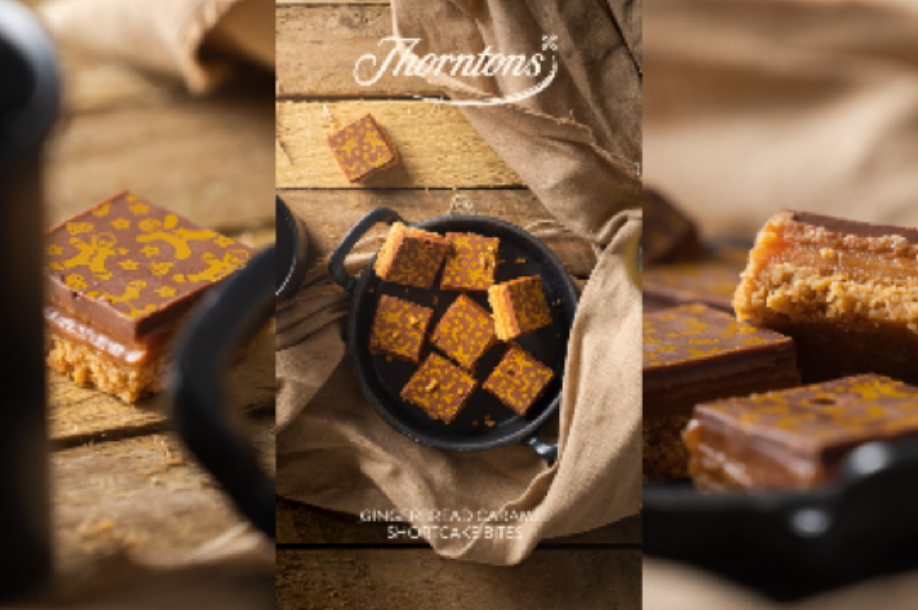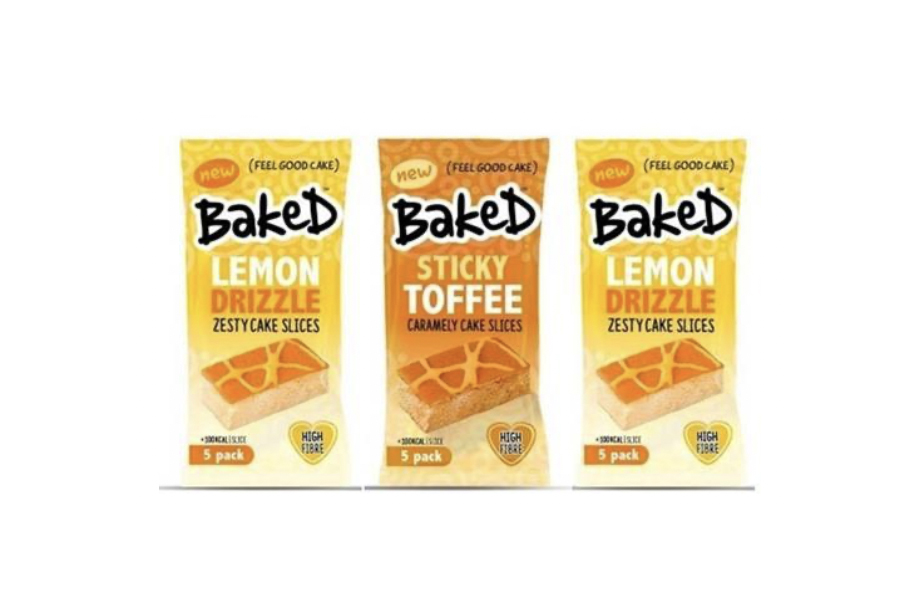With breakfast the number one meal of the day, this growing day part is ever changing. With demand changing among demographics our Category Manager Charlotte McCready and Marketing Manager Naomi Hemmings discuss the latest trends to affecting the first meal of the day.
Is breakfast getting healthier?
Data from Kantar suggests it could be, with an extra 604 million breakfast servings chosen on health grounds over the past year. Enjoyment and practicality, meanwhile, appear to be losing their importance, with 827 million and 454 million fewer servings chosen for these reasons respectively.
Why is this? What does this mean in terms of what people are eating for breakfast? What does a ‘healthy breakfast’ mean to people, how is this changing, and are they actually any better for people?
Demographics
There’s a clear generational divide when it comes to breakfast behaviours. Older consumers are still more likely to stick with breakfast at home, it’s a routine meal for them. But younger consumers, particularly Gen Z and millennials, are reshaping the morning meal around convenience and social sharing. They’re also more likely to skip breakfast altogether, especially midweek, due to time pressures and flexible working patterns.
Home or Away
Food-to-go is firmly back on the rise. With more workers returning to offices and increased footfall in transport hubs, the UK food-to-go market is forecast to grow by +3.3% in 2025, according to Lumina Intelligence. The shift isn’t just about grabbing something quick – it’s about value, versatility and freshness. While lower earners are still more likely to opt for ‘brown bagging’ (bringing food from home), higher earners are more willing to spend on convenient breakfast solutions that feel just a little bit premium.
Operators are leaning into this with smarter formats and tech-driven loyalty programmes, particularly across convenience, QSR, and sandwich and bakery channels. Made-to-order items are also gaining traction, freshness equals quality in consumers’ minds, and hot breakfast options made on the spot are helping brands stand out.
At the other end of the scale, at-home breakfast is declining slightly in share, but the weekend occasion is holding strong. Here, breakfast becomes brunch, a relaxed, Instagram-worthy moment featuring sourdough, poached eggs, and all the toppings. That brunch-at-home experience has been helped by better shelf life, promotions, and premiumisation across baked goods particularly artisan-style sourdough and morning goods.
Health
Functional health is the new normal in breakfast. Rather than vague “better for you” claims, consumers are seeking tangible benefits: gut health, brain support, protein, fibre, and immunity.
In 2025 so far, health has influenced 26% of new product launches in the out-of-home space, and we’re seeing this reflected in bakery too (Lumina Intelligence, 2025). Products are now being designed to do more than just fill you up, they’re working harder with added seeds, nuts, protein, and fibre to match increasingly educated consumer expectations.
In line with this, clean labels are becoming non-negotiable. The desire to avoid ultra-processed foods is driving demand for simpler, more transparent ingredient decks, especially in savoury bakery. In fact, according to The Food People’s July 2025 “Minimal Ingredients” trend report, this is one of the strongest movements in the category. Consumers are reading the back of pack, and they’re drawn to familiar, natural ingredients – not just claims of “low sugar” or “fat free”.
Challengers
The breakfast category continues to offer real opportunities for challenger brands, especially those that bring clear functional benefits or a more sustainable angle to the table. There’s increasing space for brands that do one thing really well, be that sourdough muffins with added protein or all-natural breakfast cakes made without artificial sweeteners.
However, the challenge lies in consistency, shelf life, and scale. Larger players are more able to balance those demands while still investing in innovation, but that doesn’t mean challenger brands can’t stand out, particularly if they’re authentic, transparent, and quick to react to emerging trends.
Innovation
Innovation in breakfast is all about versatility and all-day appeal. Consumers don’t want something that only fits in a 9am window, they want morning goods that flex with their day. According to Lumina Intelligence, NPD in the “all-day” category has grown share by +15 percentage points, and that’s largely down to formats like muffins, buns and filled flatbreads that can sit across breakfast, brunch, and lunch.
We’re also seeing more variation in size and flavour within single product formats – giving consumers the option to go lighter or more indulgent depending on mood or need.
We’ve also seen that products within the £3–£4 price range are performing particularly well, driven by premium health snacks and drinks. This sweet spot allows for added functionality without pricing out everyday consumers. For bakery, the innovation opportunity lies in delivering familiar formats with added benefits, like seeded sandwich carriers, high-fibre rolls, or muffins with added vitamins. It’s less about reinvention and more about elevating the everyday.



